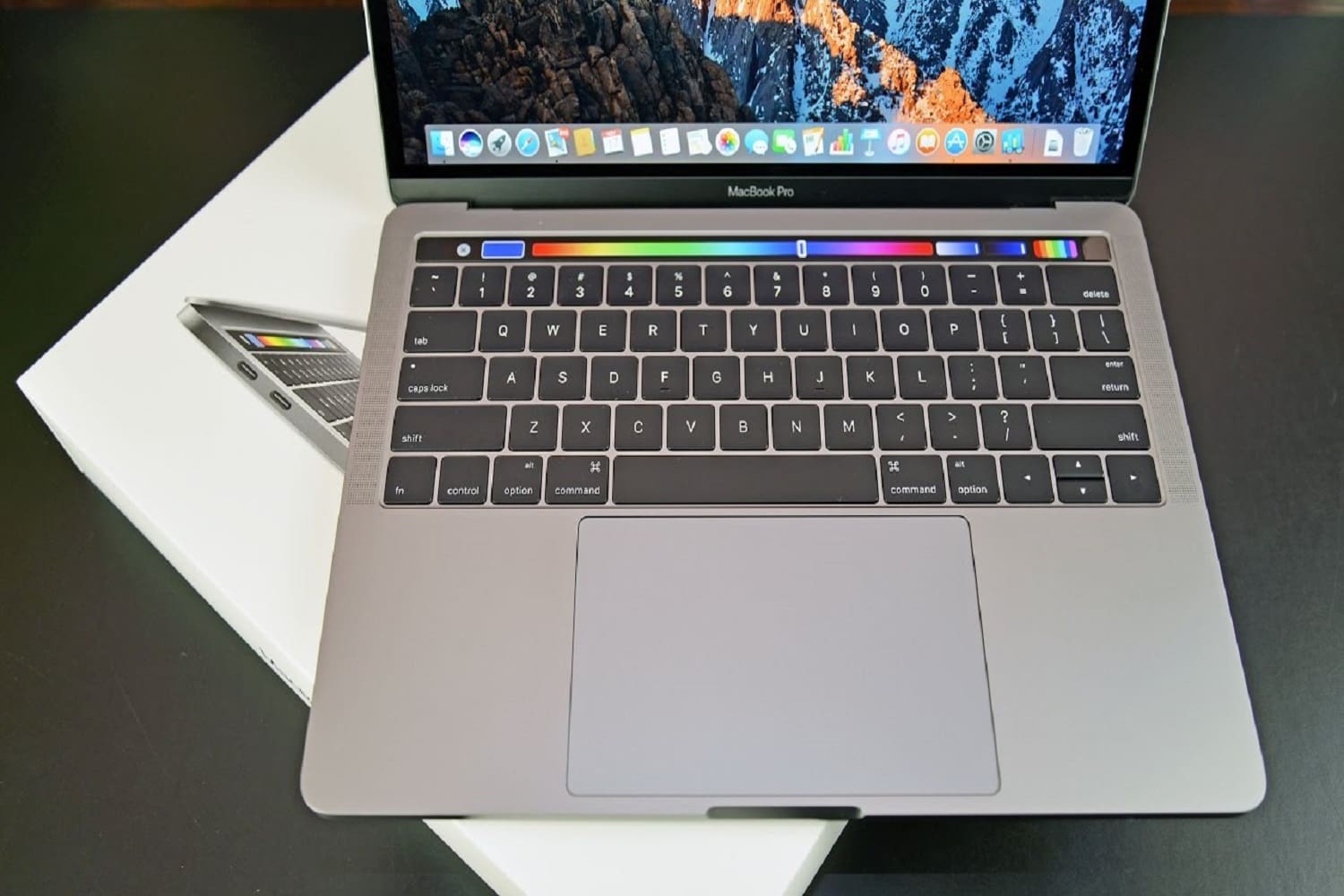
However, you can upgrade your 8-core GPU to a 10-core GPU for your most graphic-intensive assignments. M2 features 25% better graphics than M1 at the same power level and 35% better at maximum power-thanks to its additional two GPU cores.Īdditionally, the M2 chip uses an advanced 8-core GPU by default. In single-core performance, MacBook Pro M2 runs at a 12 percent faster rate than M1 models.Īpple now prides itself on exceptional graphics performance. The chip is 20% faster in multi-core performance compared to its predecessor. On the subject of functionality, MacBook Pro M2 running at 3.49GHz accounts for 18 percent better operations, according to Geekbench benchmarks. Contrarily, Pro M1 employs the A14 Bionic chip’s Firestorm and Icestorm cores.Īlso, despite the two chips having cores with the same-size instruction cache and data cache (192KB and 128KB respectively) for high performance and (128KB and 64KB respectively) for energy-efficient cores, MacBook Pro M2 has a more significant 16MB shared cache compared to 12MB in the Pro M1. Although the cores are available on both chips, M2 uses the superior Avalanche and Blizzard cores from the A15 Bionic chip. The M2 CPU is 18 percent faster than the Pro M1 due to the four high-performance and high-efficiency cores.

All power efficiencies and performance are anchored in this fabrication process. Let’s explore a few details.īuilt using the next-generation 5-nanometer fabrication process, the M2 has 20 billion transistors, while the Pro M1 has only 16 billion, making a 25% difference in performance, favoring M2. The MacBook Pro M2 chip is generally 14 percent faster than the MacBook Pro M1 in terms of performance, with an 18 percent faster CPU, a 35 percent more powerful GPU, and a 40 percent faster Neural Engine.


 0 kommentar(er)
0 kommentar(er)
